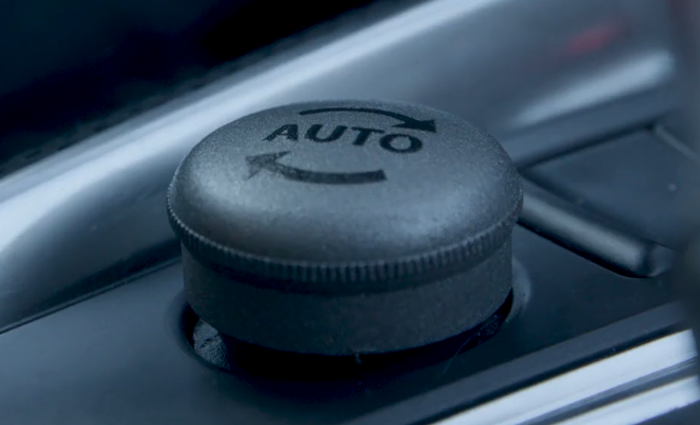Get in, set destination, press the “close door” button and arrive. For more than 150 years, this has been the normal elevator experience.
Similar to autonomous driving, the technology to automate elevators had been around for years before widespread implementation. And it was even longer before elevator attendants would leave their posts.
One of the reasons, according to Glen De Vos, CTO at Aptiv, is human nature. People like to be in control, even if the machine is doing the heavy lifting.
And for good reason. Level 2/3 systems, despite terms like “autopilot” and “self-driving,” still require an attentive driver behind the wheel. Even with Level 4 systems that we are testing in our pilot cities, a safety engineer is always at the helm, ready to take control.
Taking lessons from our past, it’s clear that even once the autonomous vehicle technology matures and driverless pods take to the roads, don’t expect user input to go away any time soon, or ever.
“We’re fairly close,” says De Vos, when asked to estimate when autonomous driving cars will be the norm. “Every pilot program we have going on around the world is giving us the real-world experience we need to redefine and train the autonomous vehicle system. But as close as we are to perfecting the technology, we can’t forget the concerns of the people we want to use it.”
And, at least for now, those people want to feel in charge. “When it comes to autonomous cars,” De Vos says, “users need to feel in control. That never goes away.”
In a recent study conducted by Aptiv and Boston Consulting Group, 53 percent of drivers in the U.S. said they would be interested in an autonomous vehicle if it allowed them to take control. Compared to 30 percent of drivers who would be interested in an autonomous vehicle without controls (steering wheel, brake pedal).
At the 1853 World’s Fair in New York City, Elisha Graves Otis, founder of Otis Elevator, convinced skeptics of the safety of his automatic elevator technology. Perched on an elevator platform high above a crowd, Otis literally cut the cable holding him up. The platform dropped a few inches until Otis engaged the safety brake (the earliest iteration of the Emergency Stop button you see in every elevator today) and the elevator came to a halt. The rest, they say, is history.

“That safety brake, not to mention the phones and alarms you see in every elevator, are excellent examples of early user experience or human-machine interface (HMI) features,” says De Vos. “They gave people in the elevator a sense of control. It’s no different with autonomous vehicles. You need to give occupants the ability to influence how the vehicle behaves and ask for help.”
When driverless vehicles take the main stage, users will still have an input. It might call a mobility service provider or it might be an interactive display. Get in, set destination, press the “close door” button and arrive.
Want to hear more? Hear Glen De Vos talk about the topic on the Autonocast podcast.
Learn more about Aptiv’s User Experience research.
